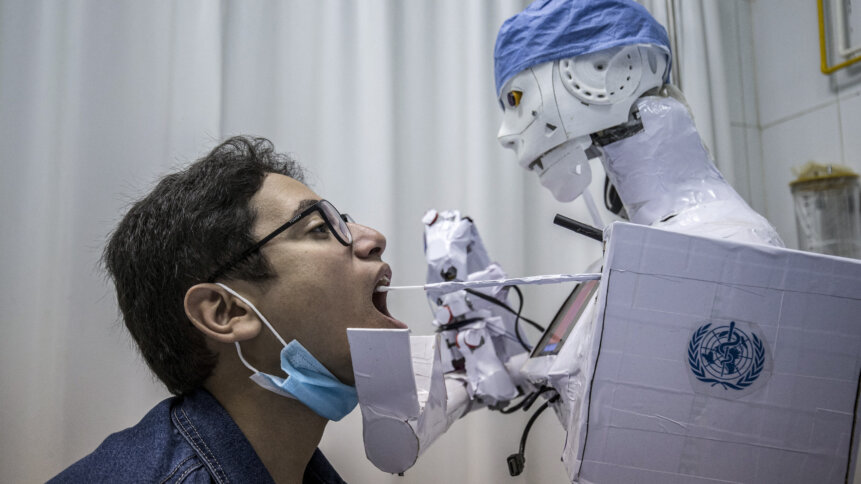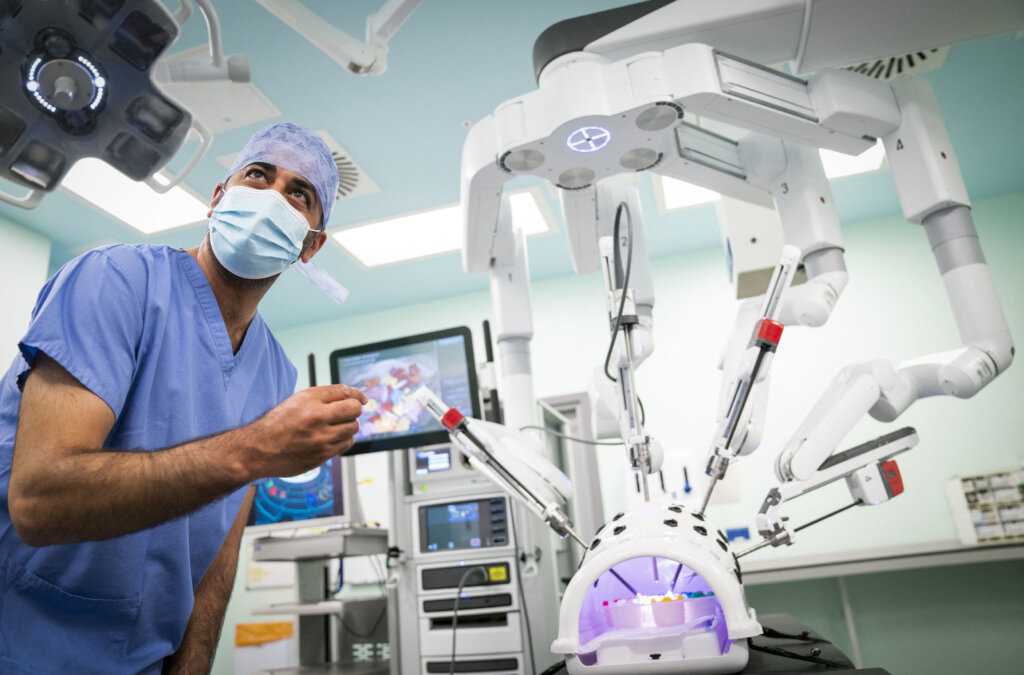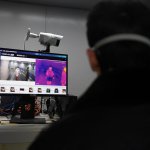How deep learning models are pushing healthcare forward

Technology adoption in the healthcare industry has been growing rapidly in recent times. Even before the COVID-19 pandemic saw more hospitals and clinics increase their tech adoption, most areas in healthcare were already modernizing their healthcare infrastructure to support modern technologies.
Today, technology in healthcare not only involves smart machinery but also various AI-enabled sensors that can diagnose and predict potential illnesses for patients. IoT healthcare devices are fitted with smart sensors that provide precise data to healthcare professionals when it comes to patience diagnostics, while automated robots are now also assisting in caring for patients.
In fact, the global healthcare IT market is projected to reach US$892.2 billion by 2026, driven primarily by government mandates and support for healthcare IT solutions. The shortage of medical staff due to the growing number of patients is also contributing to the increased adoption of healthcare technology.
One field that is seeing significant innovation in healthcare is the use of deep learning models. A subfield of machine learning with AI algorithms, deep learning models are built and inspired by artificial neural networks. Deep learning models can imitate the way humans gain certain types of knowledge, providing near accurate results and analysis.
Deep learning use cases
Several fields in healthcare are already seeing deep learning models revolutionize patient diagnosis and treatment. According to a new study reported by the Radiological Society of North America, researchers have said that deep learning does a better model in distinguishing mammograms of women, for example. The deep learning model can determine patients that may and may not develop breast cancer, which in turn, reduces unnecessary imaging and associated costs.
Scientists from the US have also developed a deep learning model capable of classifying numerous intracranial tumor types without the need for a scalpel. Convolutional neural network (CNN) uses deep learning to recognize tumors in MR images based on hierarchical features such as location and morphology. Several brain cancers were accurately classified by CNN with no manual interaction.
Deep learning models can also be implemented with facial recognition technology. According to reports, researchers have piloted a deep learning algorithm that recognizes visual causes of sickness in facial photos. The “clinical gestalt” looks at multiple sick facial features such as pale lips, sunken eyes, and droopy mouth. Achieving 100% sensitivity, the medical AI algorithms can be successfully trained on synthetically generated data and be a useful option for diagnosing sickness.

(Photo by Jane Barlow / POOL / AFP)
Another example is DiA Imaging Analysis, an Israel-based AI health that uses deep learning and machine learning to automate the analysis of ultrasound scans. Its deep learning model consists of trained AIs that can access ultrasound imagery to detect any abnormalities as well as several other features involving the heart, including assisting in the detection of coronary diseases. DiA also has a product that leverages ultrasound data that automates the measurement of bladder volume.
Meanwhile in India, Google’s deep learning system is used to de-identify chest X-rays from India’s Apollo Hospitals. While the use case is still in development, Google researchers have already scratched the surface of the impact of AI and deep learning in the healthcare industry.
Affordable technology for all
While healthcare innovation continues and is applauded, the World Health Organization feels that many of the new technologies that come to market are unaffordable or unsuitable for low and middle-income nations. To ensure that all countries benefit from health innovation, WHO has compiled a compendium of 24 new technologies that can be used in low-resource settings.
“Innovative technologies are accelerating access to healthcare everywhere, but we must ensure that they are readily available in all health facilities, fairly priced and quality-assured,” said Dr. Mariângela Simão, WHO Assistant Director-General for Access to Health Products.
According to WHO, some of these technologies include the use of solar-powered oxygen concentrators that have been highly effective in treating pneumonia. The tech is being applied in a regional children’s hospital in Somalia, one of the poorest countries in the world. As researchers and technologists continue to work on more deep learning models, ensuring fair and affordable access to these innovations has to be a prerogative.










